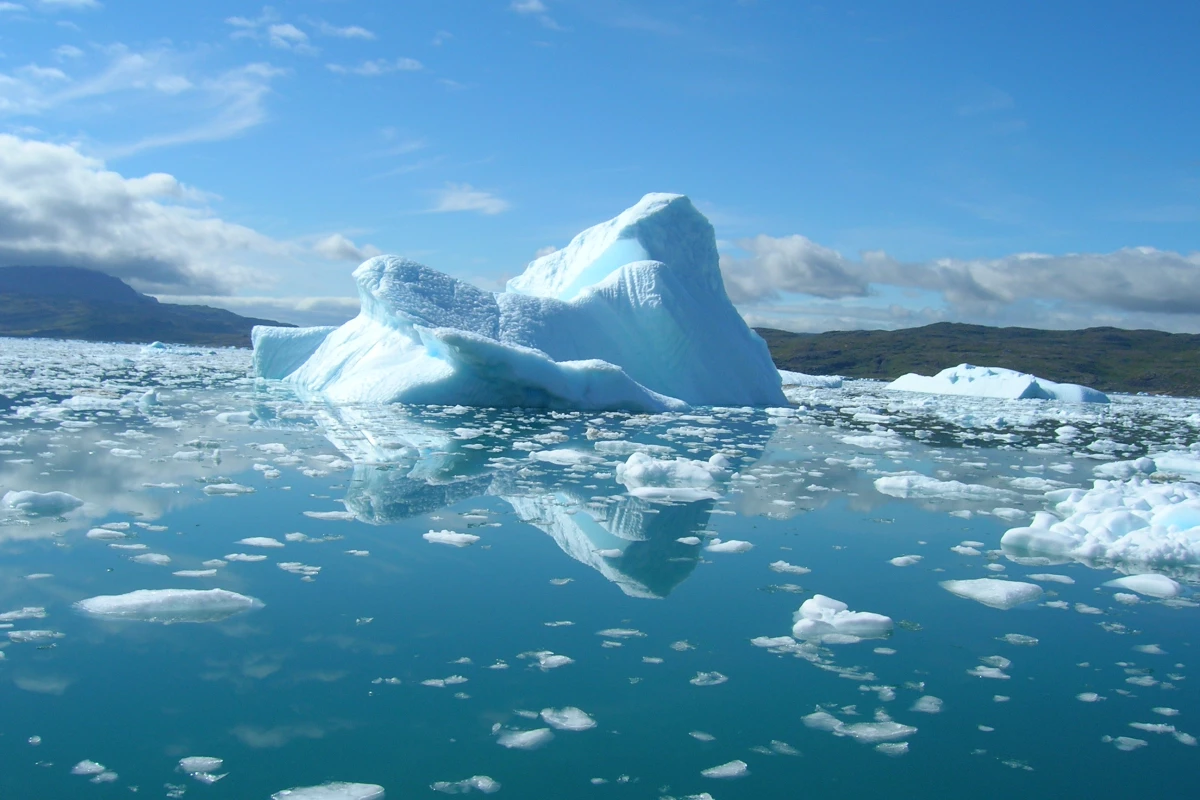Methane is a highly potent and insidious greenhouse gas that is continuing to surprise scientists with not just where it can come from, but the quantities with which it is leaking into the atmosphere. The latest, and certainly most dramatic, example comes via a Russian expedition through the East Siberian Sea, where scientists encountered fountains of methane bubbles in concentrations never seen before.
While there isn’t as much methane in the atmosphere as there is carbon dioxide, and it dissipates much quicker than CO2, it is still around 28 times better at trapping heat in the Earth’s atmosphere when compared over a 100-year period, making it a very effective greenhouse gas.
Human activity can generate excess methane in a number of ways. It can come from the livestock we raise who burp it into the air, from manmade reservoirs and from leaky industrial sites like fertilizer plants, which were found to emit 100 times more methane than we thought, according to a study published back in June.
Another source of methane emissions that can be tied to human activity is the organic material normally locked away in permafrost, slabs of soil frozen solid beneath the surface at the polar regions thousands of years ago. As the Arctic heats up at unprecedented rates and areas of permafrost begin to melt, it causes the decomposition of this organic matter and allows methane gas to escape into the atmosphere.
Scientists from Russia’s Tomsk Polytechnic University (TPU) were well aware of this phenomenon when they set out to study permafrost melt in the East Siberian Sea. The team collected samples of seawater and of sediment from the bottom, water column and stratum, including at a location known through previous research to feature fountains of methane gas arising through permafrost degradation.
Its analysis included hydrological and geochemical studies, along with the use of seismic acoustic instruments to reveal the presence of these methane fountains. But what surprised the scientists was the ability to not just detect the methane bubbles in action, but look over the edge of the vessel and observe them with their own eyes.
In spotting dots of emerald coloring amid the dark Siberian waters, the team saw methane gas making its way from the bottom to the surface in the form of thousands of bubbles, something they liken to finding a needle in a haystack.
This particular patch of methane fountains measured around four meters by four meters across (13 x 13 ft). Rather than special scientific instruments that would be typically used to collect the methane, the team was simply able to scoop up the bubbles with buckets.
“This is the most powerful gas fountain I’ve ever seen," said TPU professor, Igor Semiletov on his 46th expedition to the Arctic. “It is manifested by an increase in methane concentration in the air of up to 16 ppm (parts per million) which is nine times more than the average planetary values. No one has ever registered this before!”
These kinds of developments are often referred to as climate change feedback loops, or tipping points, where human activity triggers events that accelerate the warming effect all on their own, with little we can do to apply the brakes. Loss of ice at the surface is another example, diminishing our planet’s ability to bounce the Sun’s energy back into space, leading to warmer environments which, in turn, lead to more ice melt.
But the melting of millennia-old permafrost and the release of methane into the atmosphere is a big one. Around a quarter of the Northern Hemisphere is covered in permafrost and it is melting at a frightening rate.
Scientists visiting outposts in the Canadian Arctic earlier in the year were shocked to find permafrost thawing out 70 years earlier than predicted. As reported by The Guardian at the time, they described it as a sign the climate is currently warmer than any time in the last “5,000 or more years,” and a “canary in the coalmine.”
Source: Tomsk Polytechnic University
Update (Dec. 23, 2019): This article originally stated that compared to CO2, methane is "around 28 times better at trapping heat in the Earth’s atmosphere." The text has been updated to clarify that this comparison is over a 100-year period. Because methane dissipates in roughly 10 to 15 years, the number is much higher – around 85 times as effective as CO2 – while it is present in the atmosphere.




